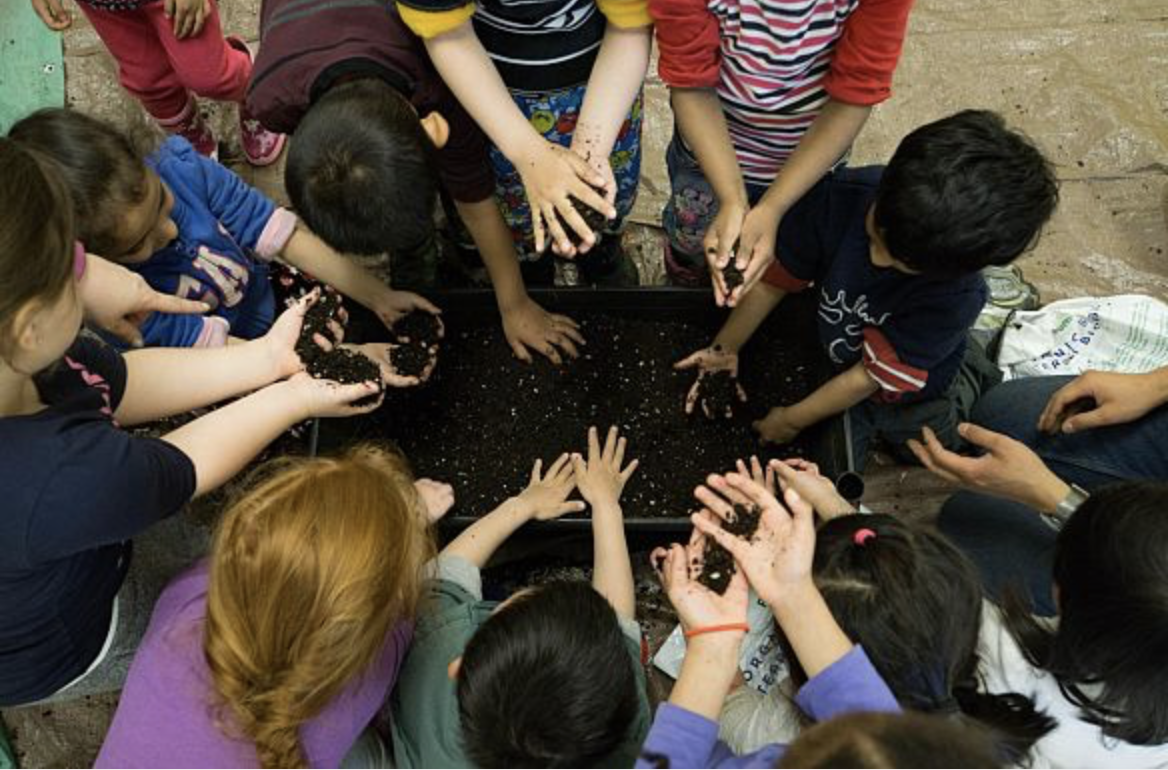As Canada has urbanized over the past couple generations, we’ve moved further away from food production — or any significant hands-on knowledge of it. One result of this: more than a quarter of Canadian children are overweight or obese.
The same is true at the global level. A recent World Health Organization study found a ten-fold global increase in obesity among children and adolescents over the past four decades.
Federal policymakers should take note of these grim statistic as they finalize Canada’s first national food policy that will aim, among other things, to increase access to nutritious (and affordable) food.
One way to address this growing problem is to make it easier for Canadians to grow their own food.
The disconnect between food production and consumption is also true for new Canadians, many of whom come to Canada from countries where subsistence agriculture is ubiquitous, only to end up in a downtown high rise with limited or no access to green space, never mind a plot of land for gardening.
It’s one of the reasons Action Against Hunger started planting vegetable gardens at Canadian schools in marginalized communities and encouraging kids to get their hands dirty while they grow, harvest and cook their own fresh fruit and veggies. Another is the sad fact that more Canadians than ever struggle to put healthy food on the table, about 12 per cent of all households.
The situation is worse among Indigenous Canadians, who experience the problem two times higher than that of all Canadian households, with the rate growing to seven times as high for Indigenous homes with pre-schoolers.
Many of the elementary school kids we work with don’t know that ketchup comes from tomatoes. Most had never dug through soil with their hands to plant a seedling — or used cooking utensils to prepare a meal from food they helped grow.
Perhaps what we found most interesting was the overwhelmingly positive response from teachers who had never been given an opportunity to teach gardening or healthy food preparation as part of their lessons.
A 2013 report from the Conference Board of Canada, Enough for All: Household Food Security in Canada, found significant gaps in Canadians’ knowledge of nutrition, recommending the incorporation of “food literacy” into curricula, including “hands-on experiential opportunities” such as vegetable gardening and cooking.
Canadian governments need to make it easier for teachers and students — and the communities they live and work in — to plant vegetable gardens.
Not only do gardens offer a direct link to healthy foods, they also provide hands-on learning for students, and studies show that they have a positive influence on academic success. Their impact on mental health is also notable — especially as Canadian schools struggle to tackle a rise in depression and anxiety among students.
Carmen Oliveira, a guidance counsellor at Burrows Hall Public School in Scarborough, Ont., recently emailed to tell me about an incident in which another teacher called her to help with a student having a meltdown. “I decided to ask her if she wanted to walk to the garden with me,” Oliveira wrote. “She immediately calmed down… we spent some time looking at the plants, talking about their growth, and then she began to open up and share with me her feelings about what had happened in class.
“It just goes to show what contact with nature can do for us all.”
The age-old skill of vegetable gardening has come full circle to become an educational innovation.
Burrows Hall is in what the City of Toronto defines as a Neighbourhood Improvement Area, based on ethnic, demographic and socio-economic criteria. All NIAs are subject to a
particular focus and funding in order to lift them out of marginalization by 2020.
Despite the neighbourhood’s problems — or perhaps because of them — Oliveira said she was surprised to see how many parents wanted to “adopt” garden boxes over the summer. So many did that she created a committee to help organize the program. For many families, it was an opportunity to enjoy fresh produce they would normally struggle to afford. Parents were also willing to work together to tend to container gardens left on the school grounds during the summer months.
This experiment proves that re-purposing school yards — and other under-used community spaces — for vegetable gardening also supports community-building and cohesion.
Similar successful projects already exist across Canada thanks to groups such as the Coalition for Healthy School Food and organizations like Evergreen, which has been building urban agriculture for years. However, these get created on an ad-hoc basis when teachers and administrators are interested and have the resources and time.
A national plan to get more kids’ hands dirty in the garden — perhaps as part of the new national food policy — would make for a healthier country, and ensure more of us can access nutritious local foods.
Danny Glenwright is CEO at Action Against Hunger/Action contre la Faim and managing editor of The Philanthropist.
Photo: Action Against Hunger
Like this article? Please chip in to keep stories like these coming.





